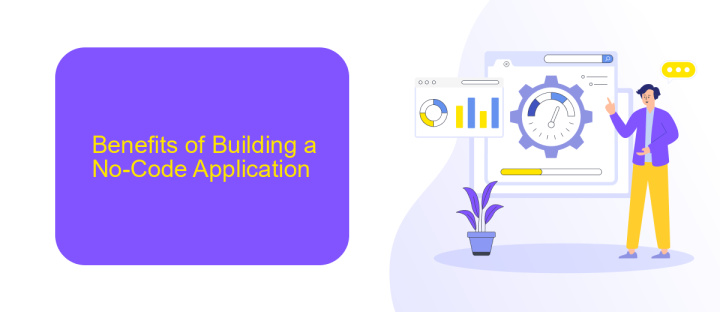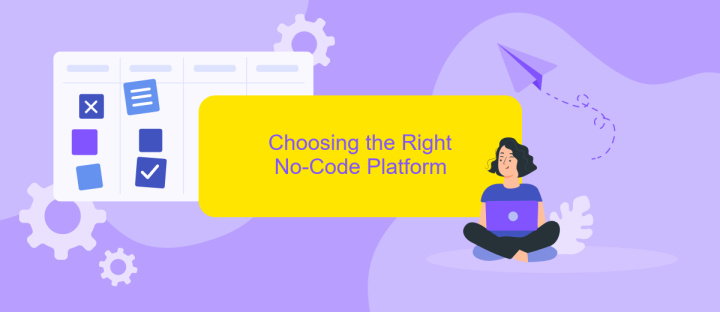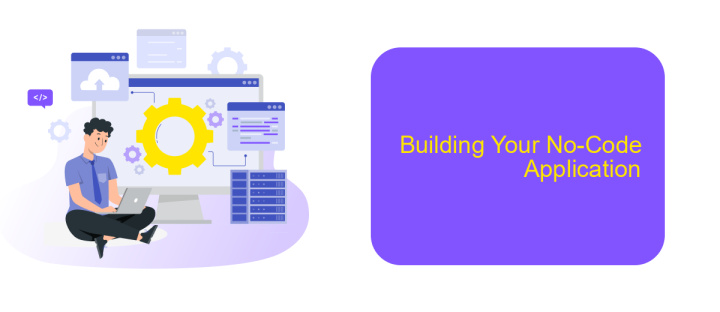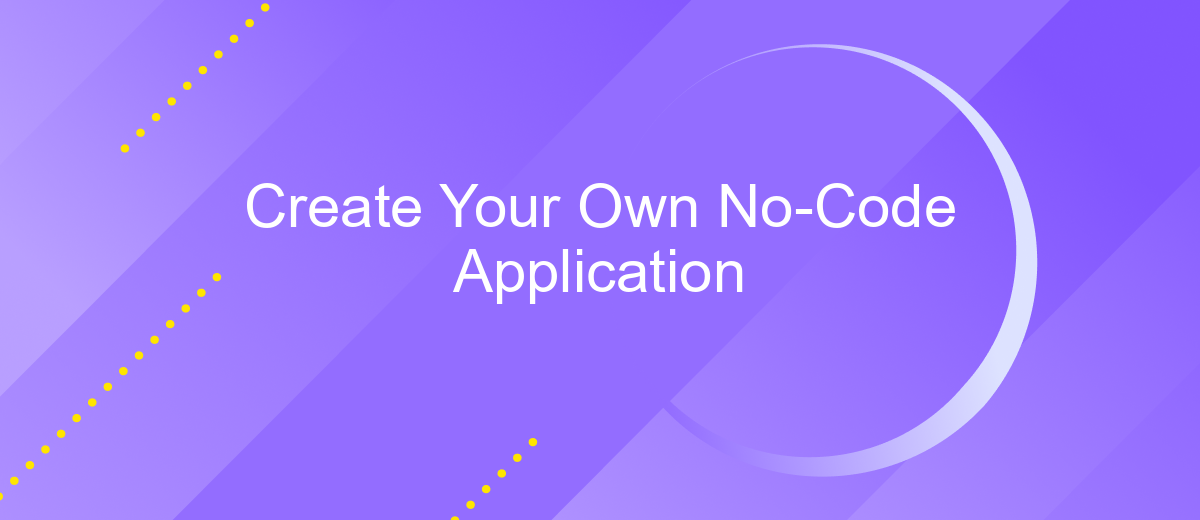Create Your Own No-Code Application
In today's fast-paced digital world, creating your own application no longer requires extensive coding knowledge. With the rise of no-code platforms, anyone can build functional and customized applications with ease. Whether you're a business owner, entrepreneur, or hobbyist, this guide will walk you through the steps to create your own no-code application, empowering you to bring your ideas to life effortlessly.
Introduction: What is No-Code Development?
No-code development is revolutionizing the way we create applications by eliminating the need for traditional programming skills. This approach allows anyone, regardless of their technical background, to build functional and robust applications using visual interfaces and pre-built components. By leveraging drag-and-drop tools, users can design workflows, automate processes, and deploy applications quickly and efficiently.
- Empowers non-technical users to create applications
- Reduces development time and costs
- Facilitates rapid prototyping and iteration
- Enables seamless integration with other services
No-code platforms often come with built-in integrations for various third-party services, making it easier to connect different tools and automate workflows. For instance, ApiX-Drive is a powerful service that helps users set up integrations without any coding knowledge. It allows for smooth data transfer between applications, ensuring that your no-code solution can interact with other essential tools in your tech stack. By embracing no-code development, businesses can innovate faster and more efficiently, democratizing the app creation process.
Benefits of Building a No-Code Application

Building a no-code application offers numerous benefits, making it an attractive option for businesses and individuals alike. One of the primary advantages is the significant reduction in development time and costs. Traditional coding can be both time-consuming and expensive, requiring skilled developers and extensive testing. No-code platforms, on the other hand, allow users to create applications quickly and efficiently, often through simple drag-and-drop interfaces. This democratizes app development, enabling non-technical users to bring their ideas to life without the need for specialized skills.
Another key benefit is the ease of integrating various services and tools, enhancing the functionality of your application. For instance, platforms like ApiX-Drive facilitate seamless integration with a wide range of applications and services, streamlining workflows and automating tasks. This not only improves productivity but also ensures that your application can grow and adapt to changing business needs. Additionally, the flexibility and scalability of no-code solutions mean that you can easily update and expand your application as required, without the need for extensive rework or additional resources.
Choosing the Right No-Code Platform

Choosing the right no-code platform is essential for creating a successful application. With numerous options available, it's important to consider several factors to make an informed decision.
- Ease of Use: Look for platforms with intuitive interfaces and comprehensive documentation.
- Features and Flexibility: Ensure the platform offers the necessary tools and customization options for your project.
- Integration Capabilities: Check if the platform supports integration with other services, such as ApiX-Drive, which simplifies connecting various apps and automating workflows.
- Scalability: Choose a platform that can grow with your application, handling increased data and user demands.
- Cost: Evaluate the pricing plans to ensure they align with your budget and offer good value for the features provided.
By carefully considering these factors, you can select a no-code platform that best meets your needs and enables you to build a robust, scalable application. Remember, the right choice can significantly streamline your development process and enhance the overall functionality of your app.
Building Your No-Code Application

Creating your own no-code application can be an empowering experience, allowing you to bring your ideas to life without extensive programming knowledge. The first step is to clearly define the purpose and functionality of your application. Identify the core features that will make your app valuable to users and outline the user journey.
Next, choose a no-code platform that suits your needs. There are many options available, each with its own strengths and weaknesses. Some popular choices include Bubble, Adalo, and Glide. Evaluate these platforms based on ease of use, available templates, and the complexity of features they can support.
- Define your app's purpose and functionality.
- Choose a suitable no-code platform.
- Design the user interface and experience.
- Integrate third-party services for added functionality.
Integration with third-party services can significantly enhance your app's capabilities. For example, using ApiX-Drive, you can effortlessly connect your app with various external services, automating workflows and ensuring seamless data transfer. This not only saves time but also enhances the overall user experience. By following these steps, you'll be well on your way to creating a functional and user-friendly no-code application.
- Automate the work of an online store or landing
- Empower through integration
- Don't spend money on programmers and integrators
- Save time by automating routine tasks
Tips for Success
When creating your own no-code application, it's crucial to start with a clear vision of what you want to achieve. Outline your goals, target audience, and key functionalities before diving into any platform. This planning phase will save you time and ensure that your application meets user needs effectively. Make use of wireframes and mockups to visualize your app's layout and user flow, which will help you identify potential issues early on.
Another important tip is to leverage integration tools like ApiX-Drive to connect various services and automate workflows effortlessly. ApiX-Drive allows you to integrate different platforms without writing a single line of code, making it easier to manage data and enhance your app's functionality. Regularly test your application as you build it to catch any bugs or usability issues early. Finally, gather feedback from real users to make continuous improvements, ensuring your app remains relevant and user-friendly.
FAQ
What is a no-code application?
What types of applications can I create with no-code platforms?
Do I need any technical skills to create a no-code application?
How can I integrate different services and automate workflows in my no-code application?
Are no-code applications scalable?
Time is the most valuable resource for business today. Almost half of it is wasted on routine tasks. Your employees are constantly forced to perform monotonous tasks that are difficult to classify as important and specialized. You can leave everything as it is by hiring additional employees, or you can automate most of the business processes using the ApiX-Drive online connector to get rid of unnecessary time and money expenses once and for all. The choice is yours!


